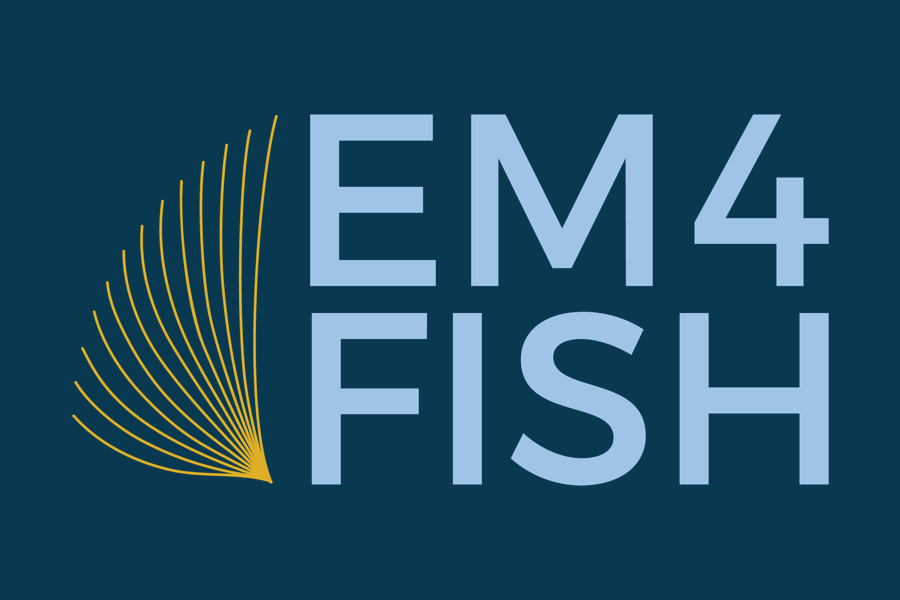Poster by: Amy Martins, Northeast Fisheries Science Center
Download poster file
The National Marine Fisheries Service’s (NMFS) Fisheries Sampling Branch (FSB) of the Northeast Fisheries Science Center (NEFSC) is conducting a pilot study in conjunction with Archipelago Marine Research Ltd., to investigate the utility of Electronic Monitoring (EM) technology as a monitoring tool in the Northeast Multispecies Fishery. The NMFS is researching acceptable monitoring alternatives to explore the most advanced technology available to meet industry coverage levels and needs (e.g., real time data to manage catch allocation). Monitoring is expected to become an industry responsibility in 2014 and EM has been proposed as a monitoring option to traditional data gathering and catch monitoring methods. The study includes three phases: building local capacity and collection baseline data, focused experimental work to improve methods for weight estimation and reliable species identification, and the simulation of an EM operation program with study participants. If approved by NMFS, EM may be an important means of supporting full catch accounting for groundfish catch monitoring.
Study results demonstrate there are inherent challenges with the EM system, including: equipment maintenance and vessel infrastructure and power requirements, identification of catch to the species level, data integrity, and enforcement of program requirements. While these challenges restrict the utility of EM, they do not completely preclude the use of this tool as an effective monitoring instrument in fisheries management. When supplemented by other data collection methods, modified catch handling, and successful strategies that increase data alignment, EM may be an effective data collection tool for Northeast Fisheries.
Through this experience, FSB has acquired knowledge on the strengths and weaknesses of EM, effective and non-effective operational approaches, management systems that would benefit from EM, and advantageous system requirements. With a complete understanding of the technology, fisheries managers can tailor EM to meet fishery needs and determine the most appropriate application for EM in fisheries monitoring.


